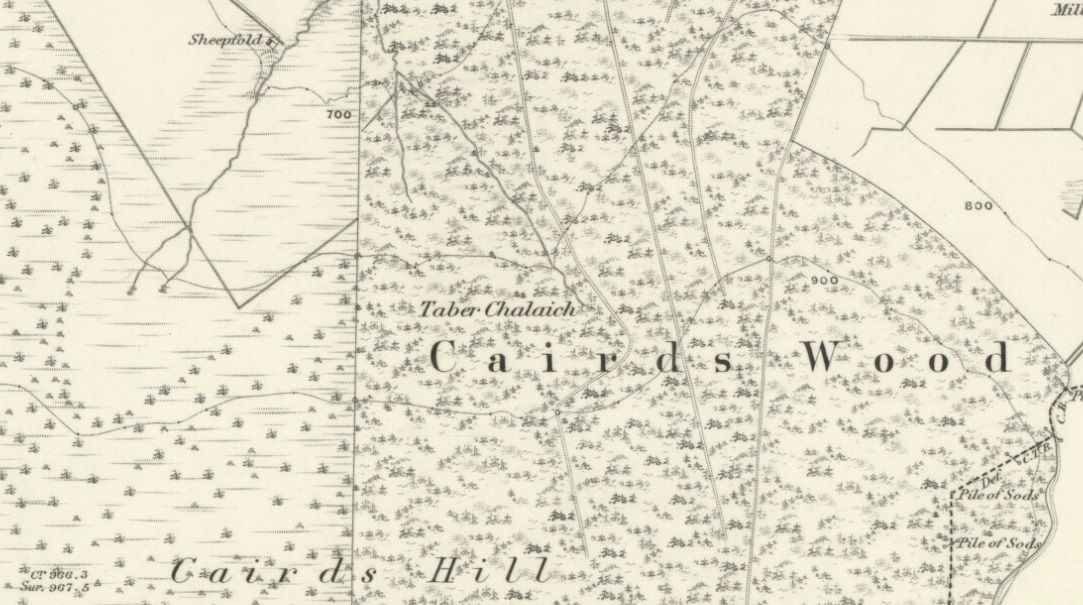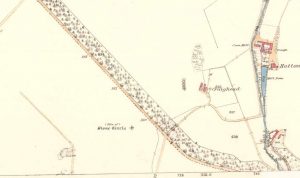Cross (destroyed): OS Grid Reference – NJ 3755 4408
Also Known as:
- St Fumac’s Cross
Archaeology & History
In the ancient tiny hamlet of Botriphnie, local historian J.F.S. Gordon (1880) told us that:
“About 40 years ago, a Cross of rude picked stone, in low relief, and about 5½ feet high, by about 3 feet broad, stood within the Kirkyard of Botriphnie. Unfortunately, about the time indicated, the Stone was broken up by a Blacksmith, who used it as a Hearth for his Smiddy! This had probably been the ancient Cross of St Fumack’s Fair of Botriphnie.”
This little-known saint has a feast day of May 3, when curious ceremonies were performed in and around his holy well, found just outside the churchyard to the northeast. Little is known about Fumac, but he was said to have been the first Christian missionary in this part of Scotland.
References:
- Gordon, J.F.S., The Book of the Chronicles of Keith, Grange, Ruthven, Cairney and Botriphnie, Robert Forrester: Glasgow 1880.
© Paul Bennett, The Northern Antiquarian

